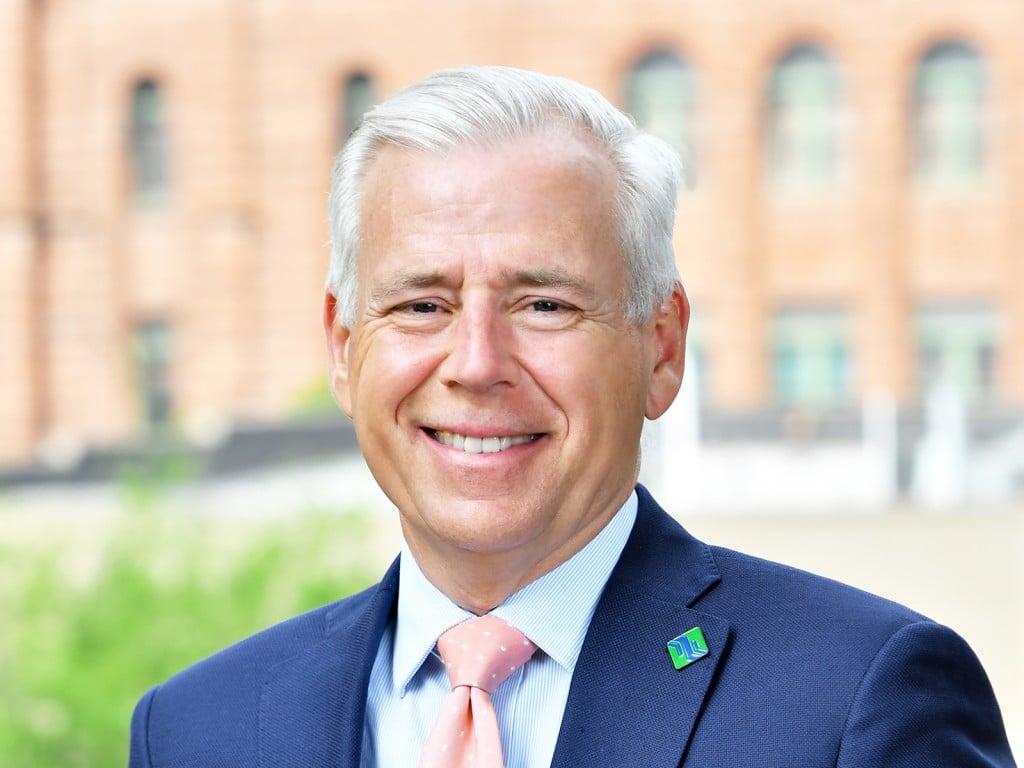Last month was National Rivers Month in the U.S. I find this annual celebration, shared by over 60 countries, to be a powerful reminder of the vital role rivers play in our lives. But along the U.S.-Mexico border, where rivers are not just natural features, but lifelines, more than a month is needed to remind our inhabitants of the dire attention our rivers need year-round.
Nowhere is this more evident than with the Rio Grande-Rio Bravo, a river that sustains millions and defines a region.
The Rio Grande is more than a border; it’s a basin that begins in the Colorado Rocky Mountains and is fed by tributaries like the Rio Conchos River in Mexico. Countless smaller tributaries wind through Texas, Coahuila and Tamaulipas, supporting communities, ecosystems and economies on both sides of the border.
For the San-Antonio headquartered North American Development Bank (NADBank), the Rio Grande river is a central focus of our mission to invest in sustainable infrastructure and ensure access to clean water.
Rivers provide drinking water to one in three Americans, according to the National Environmental Education Foundation. Along the Rio Grande, nearly six million people in both countries rely on the river for their daily water needs. They also form a crucial part of the North American food supply chain, with agriculture thriving in the Rio Grande basin.
But rivers do more than quench thirst and sustain crops – they build communities and drive economies.
The City of San Antonio has shown how rivers can shape culture and prosperity through the long-term stewardship of its river. Similar opportunities exist along the Rio Grande. For example, Laredo and Nuevo Laredo have developed a shared vision for a binational urban park that could transform their riverfront into a space for community, recreation, and environmental restoration.
Rivers are also ecological treasures. Riparian zones along the Rio Grande support diverse flora and fauna, like Big Bend National Park in the U.S. and the Sierra del Carmen and Maderas del Carmen reserves in Mexico, showcasing the rich biodiversity of these regions.
Despite its clear and critical importance, the Rio Grande is in crisis.
Earlier this year, American Rivers ranked it the fifth most endangered river in the U.S., citing severe drought and escalating water scarcity. This is not a distant threat, as less than 20% of flows from the Rio Grande now reach the gulf. In 2024, two counties in southern Texas declared a state of emergency due to dangerously low water levels. Across the river, Mexican cities like Reynosa and Matamoros face similar hardships.
Addressing this crisis requires a robust, binational response. That means collaboration among local communities, border states, federal agencies, and institutions like NADBank, which is jointly owned by the U.S. and Mexico.
NADBank has been working with stakeholders throughout the border region to tackle this water insecurity head-on. One recent initiative we’ve launched is our technical assistance award to the four-county Rio Grande Valley region to develop a long-term water roadmap. We’re also finalizing a $400 million Water Resiliency Fund to support municipalities, irrigation districts, and other water users in adapting to current and future water challenges. This fund will invest in projects that conserve and diversify water resources holistically.
Before it’s finalized, we urge the public to share their input on the Water Resiliency Fund. We believe that transparency and community engagement are essential to building lasting solutions and want to make sure all stakeholders are invested in the approach we’ve chosen.
At NADBank, we are committed to ensuring that future generations along the Rio Grande enjoy water security, economic opportunity, and a river worth celebrating. As the year continues, let’s remember—rivers don’t recognize our borders, but they do require our shared responsibility.
Editor’s Note: The above guest column was penned by John Beckham, managing director of North American Development Bank. The column appears in the Rio Grande Guardian with the permission of the author.
The post Beckham: Rivers Know No Borders: Why the Rio Grande Deserves Urgent Attention appeared first on Rio Grande Guardian.
 (2).png)









 English (US)
English (US)